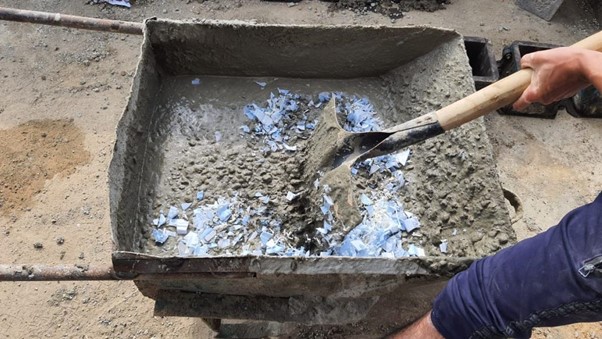Recent studies using PPE waste as filler in concrete have shown promising results, opening up opportunities for its effective use in supporting sustainability in the construction sector, according the authors.
Disposal of PPE waste, face masks in particular, is a worldwide problem that has developed out of the COVID-19 pandemic that has seen engineers and scientists searching for solutions.
A paper published by Karabuk University in Turkey revealed a new composite studied, using PPE waste along with river sand and M sand as fillers, showed promising results with better strength and durability properties in comparison with other traditional cementitious materials.
In particular, the thermal conductivity of the composite was found to be less than conventional concrete making it ideal for lightweight concrete structures and those in tropical areas.
An engineering team at the American University in Cairo, Egypt, has also studied the use of PPE face masks and gloves as waste included in concrete and found its use can maintain or in some cases improve the quality of the concrete produced.
Professor of construction engineering, Mohamed Nagib Abou-Zeid, tasked his students to conduct the recently reported study. The team found that PPE masks can possibly reduce shrinkage, control cracks and enhance chemical resistance in concrete while gloves can reduce the adhesion strength.
MORE INFORMATION
View the full Karabuk University paper or read more about the study at the American University in Cairo.
Image source: AUC.


